Facial Fat Transfer
Fat transfer to the face is a useful adjunctive procedure for volumisation in cosmetic surgery and aesthetic medicine and it is gaining increasing popularity in the UK as it’s regenerative benefits are also being recognised. Fat removed by surgeons at the time of liposuction operations may be injected into areas like the face, cheeks, lips, periocular area (and into the scalp for hair restoration). There has been an explosion in popularity in fat transfers to the face due to so-called ‘nanofat’ and ‘micro fat’ techniques being introduced. These are fat transfers made to very fine and delicate areas including the cheeks, nasolabial folds, lips, temples and around the eyes. This is now a very viable, longer-lasting and autologous alternative to synthetic hyaluronic acid (HA) fillers.
The procedure was originally popularised by Sydney Coleman in New York (also called lipo-filling or lipostructure) for use in the face but then other doctors explored its use for other areas of the body.
The down-time for this procedure is generally short and most people on average can return to work anywhere between one to seven days later depending on the amount of work performed and the size of the donor site harvesting. Light activities can be resumed according to patient comfort. Normal activities can be resumed after a couple days. The procedure can be performed as a day case and under a local anaesthetic if small areas only require attention. Larger procedures or multiple site transfers will usually require overnight stay.
FACIAL FAT TRANSFER, STEM CELLS & REGENERATIVE MEDICINE
Adding fat to the face is at the very cutting edge of regenerative medicine as carefully processed and prepared fat contains high levels of stem cells that have been shown to have immense benefits in anti-ageing. One of the main advantages in fat transfer over recent years is the improved ability to harvest and process the fat tissue thereby improving graft ‘take’ rates. Mr Banwell prefers to use the PureGraft system which is an advanced system to help purify and prepare fat cells in an optimum way prior to re-injection back into the face. However, there is some evidence that using nanofat preparations with microcannulae can also be very successful to areas around the eyes, nasolabial folds, lips, temples and cheeks.
FAT TRANSFER TO FACE, CHEEKS, EYES AND LIPS
Facial nanofat transfer is considered an art form and whilst the procedure is much more complicated than simple synthetic fillers, the results can be very natural and long-lasting. If such procedures are of interest then please arrange a consultation with Mr Banwell to discuss this further. Fat transfer to the lips is also increasing in popularity for those patients not wishing to use synthetic hyaluronic acid filler. The new nanofat procedures to the lips are definitely something to chat about if you are interested in natural lip augmentation.
WHAT DOES FACIAL FAT TRANSFER INVOLVE?
Fat transfer to the face is relatively straight forward and can often be performed under local anaesthetic as an outpatient procedure rr as a day case. Remember that fundamental to this technique is the requirement for the fat to develop a new blood supply and thus external factors such as smoking, alcohol, exercise, etc can all affect fat graft take rates. As explained previously, Mr Banwell prefers to use the PureGraft system which helps purify and prepare the fat graft for the face, cheeks and lips. The careful preparation of the fat has been cited as one of the main reasons for optimal take rates. However, as Mr Banwell will explain, a proportion of the fat will reabsorb to a degree and therefore patients must accept that further fat transfer procedures to the facial area in question may also be required (at an extra cost).
There are also things that patients can do to facilitate success: in the lead up to the operation it is vital to eat well, get plenty of sleep. Drinking plenty of water to rehydrate in the days up to surgery is also very important as dehydration is another factor in poor take rates.
The area where the fat is removed from is called the ‘donor’ site. Usually Mr Banwell will harvest fat from the abdomen or outer thighs using liposuction techniques but this will be confirmed on the day of the procedure. Remember that unfortunately issues can occur in the donor sites such as contour irregularity, skin excess, dimpling, rippling and bumpiness so it is important to massage these areas afterwards and allow this to settle – wearing compression garments for these areas is also important. However, as the volumes required for the face are relatively small the donor site issues for facial fat transfer are usually minimal.
FAT TRANSFER FOR HAIR RESTORATION
The indications for this are growing and one of the exciting areas of research and development is the role of transferring fat in hair restoration in early hair loss patients as an alternative treatment to hair transplant. Relatively recent research has shown that the injection of fat into the scalp may stimulate the hair follicles and new hair growth.There are various commercially available machines that can help purify fat and indeed adipocyte derived stem cells (ADSCs) and various protocols have demonstrated benefits for hair growth. Mr Banwell was one of the first surgeons in the country trained in this technique.
FAT TRANSFER FOR SCAR TREATMENT
Fat transfer can also be used for other indications too including scar management and scar revision so please feel free to ask Mr Banwell or his team for further information on these indications.


























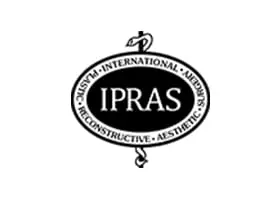

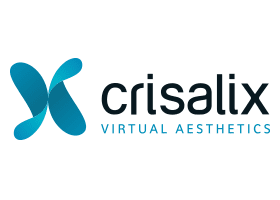





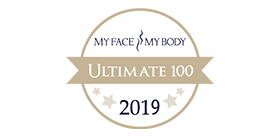


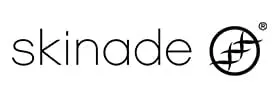
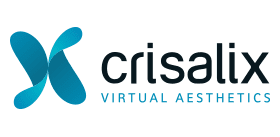





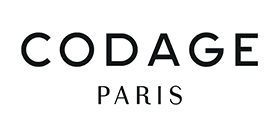


25th March 2025
Minimally Invasive Breast Surgery at Mr Banwell
Read More
24th March 2025
Revolutionary Ultrasound Breast Implant Check Now Available
Read More
18th March 2025
Body Contouring Surgery After Significant Weight Loss
Read More